VHO - The Sa Huynh salt making profession in Pho Thanh ward, Duc Pho town (Quang Ngai) has been included in the list of national intangible cultural heritage by the Ministry of Culture, Sports and Tourism. This profession has a history of hundreds of years and has become a traditional profession and a typical culture of the locality.
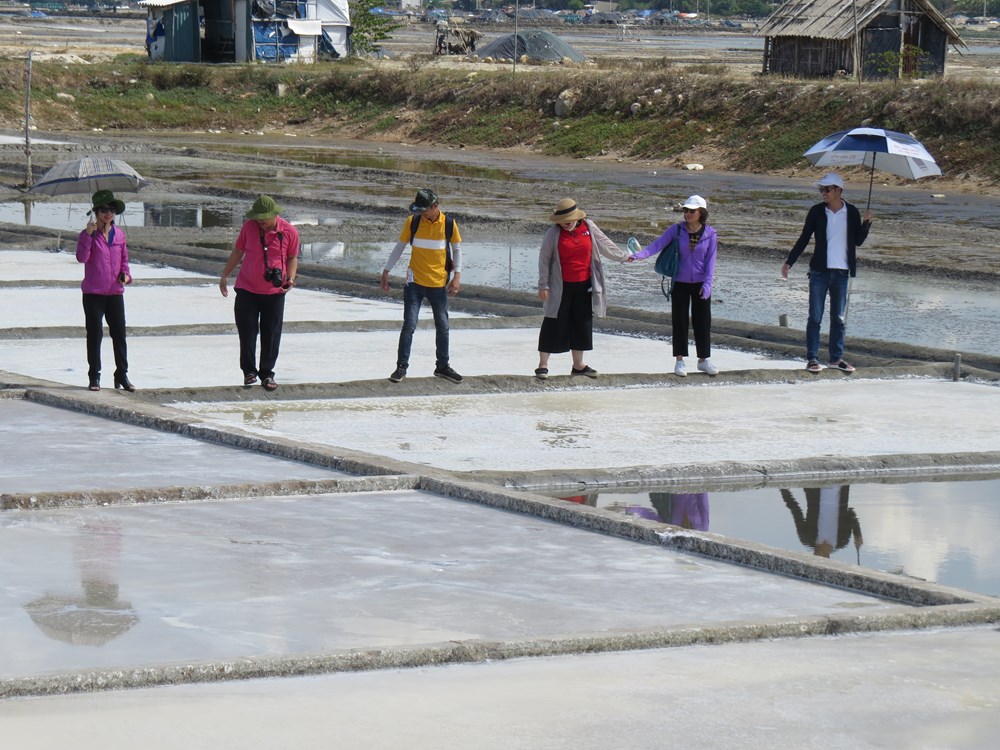
Currently, Sa Huynh salt fields have a total area of about 106 hectares with more than 560 salt-producing households in 3 residential groups of Tan Diem, Long Thanh 1, Thanh Duc 1, Pho Thanh ward, together producing salt. Every year, Sa Huynh salt fields supply about 6,500 - 7,000 tons of salt. Salt making in Sa Huynh is a unique traditional craft of Quang Ngai, representative, expressing the identity of the community - locality, passed down through many generations and voluntarily committed to be protected by the community of Sa Huynh, Pho Thanh.
Salt farmer Tran Son, Pho Thanh ward shared that salt making requires salt farmers to be diligent, hardworking, and have knowledge and production experience associated with natural weather conditions. To have a high-yield, good-quality salt field, salt workers must calculate skillfully and scientifically in each stage with the experience of many years in the profession. And this experience is passed down from generation to generation in the style of "father to son".
According to the salt farmers here, in each salt field, the salt workers will treat the ground to be very tight, minimizing the seawater seeping into the ground. This step takes a lot of effort by rolling and compacting. After that, continue to add seawater to dry to add solidity to the soil. When the salt field foundation has met the requirements, people will pump seawater inside. “The field where seawater is initially added is called “drying field”, under the influence of sunlight, the amount of water in the seawater slowly evaporates. At this time, the salinity concentration in the water in the drying field has increased compared to the beginning. People will drain this water down to the field below to create salt, this field is called “eating field”, which is compacted and smooth in advance. When the salt begins to precipitate (drop grains), salt farmers will use tools to rake the salt into cones on each field”, said salt farmer Son.
Currently, the locality is implementing the project "Conservation of traditional salt fields associated with community tourism development" sponsored by the United Nations Development Program, the Small Projects Grant Program - Global Environment Facility (UNDP/GEF SGP). Building an ecological lifestyle homestay model, creating a number of check-in points for tourists to visit Sa Huynh...
“The salt fields are home to many species of animals and plants and help prevent floods. The project aims to preserve traditional salt fields, contribute to environmental protection, improve salt quality and create sustainable livelihoods for salt farmers, adapt to climate change... This is a great opportunity for Sa Huynh salt to affirm its brand in the market and an opportunity to promote community tourism to develop more and more”, said Mr. Thai Thuan Lang, Chairman of the Farmers' Association of Pho Thanh Ward.
Sa Huynh salt fields have two routes for salt and goods to be traded between regions. That is from Sa Huynh - An Lao - La Vuong then up to the Cham Hroi people's area; from Sa Huynh - Cho Cung - Ba Kham - Ba Trang - Vi O Lac pass then up to the Mo Nam people's area. Nowadays, traders still transport salt to sell on the ancient route: Cho Cung - Ba Kham - Ba Trang - Vi O Lac pass. And residents at the foot of Vi O Lac pass buy salt and transport it to the Mo Nam people's area in the remote highlands.
In the past, Quang Ngai salt was exported by sea very strongly. The book Quang Ngai Province Chronicle (by Nguyen Ba Trac and colleagues) said that “The amount of salt in Quang Ngai was exported through 3 Commercial Departments. Of which, Sa Huynh Commercial Department exported more than 1,094 tons in 1929, over 7,634 tons in 1930 and more than 2,636 tons in 1931. Sa Huynh was the place with the largest amount of salt exported in Quang Ngai province. This shows that the salt industry in this place was very prosperous in the past”.
The Sa Huynh salt fields, which are windy all year round, are located near breathtakingly beautiful landscapes. This place is associated with the Sa Huynh culture dating back about 3,000 years, containing many mysteries. Tourists visiting An Khe lagoon, Go Co community tourism village, the burial site of the ancient Sa Huynh people... often stop by the salt fields to take photos and record the dreamlike scenery.
The Ministry of Culture, Sports and Tourism has recognized the traditional craft of Sa Huynh Salt Making in Pho Thanh Ward, Duc Pho Town as a national intangible cultural heritage. The recognition of Sa Huynh Salt Making in the List of National Intangible Cultural Heritage is not only an affirmation of long-standing cultural values, but also a driving force to promote the preservation and promotion of the traditional salt making profession.
Source: https://baovanhoa.vn/van-hoa/tu-hao-nghe-muoi-sa-huynh-118806.html












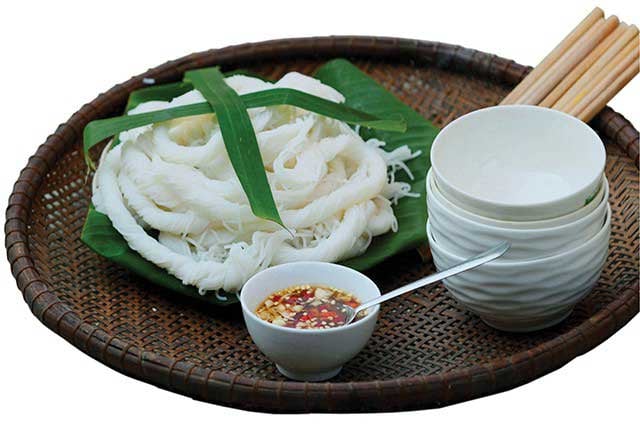

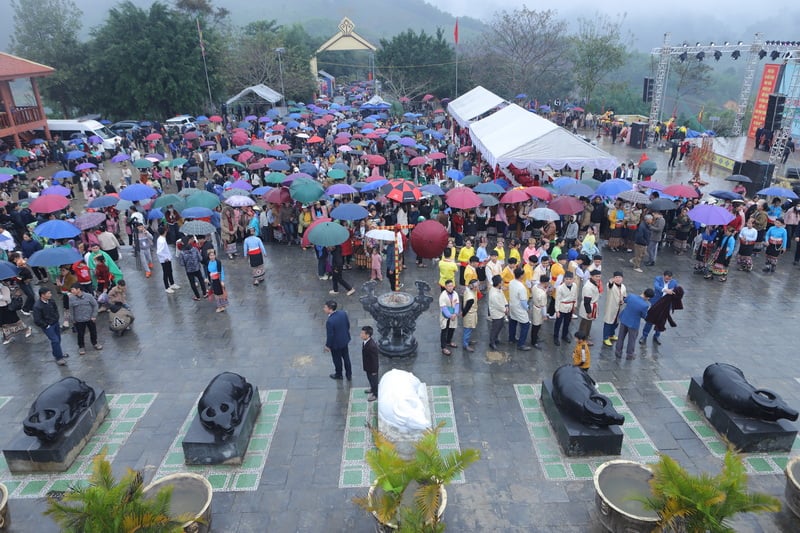

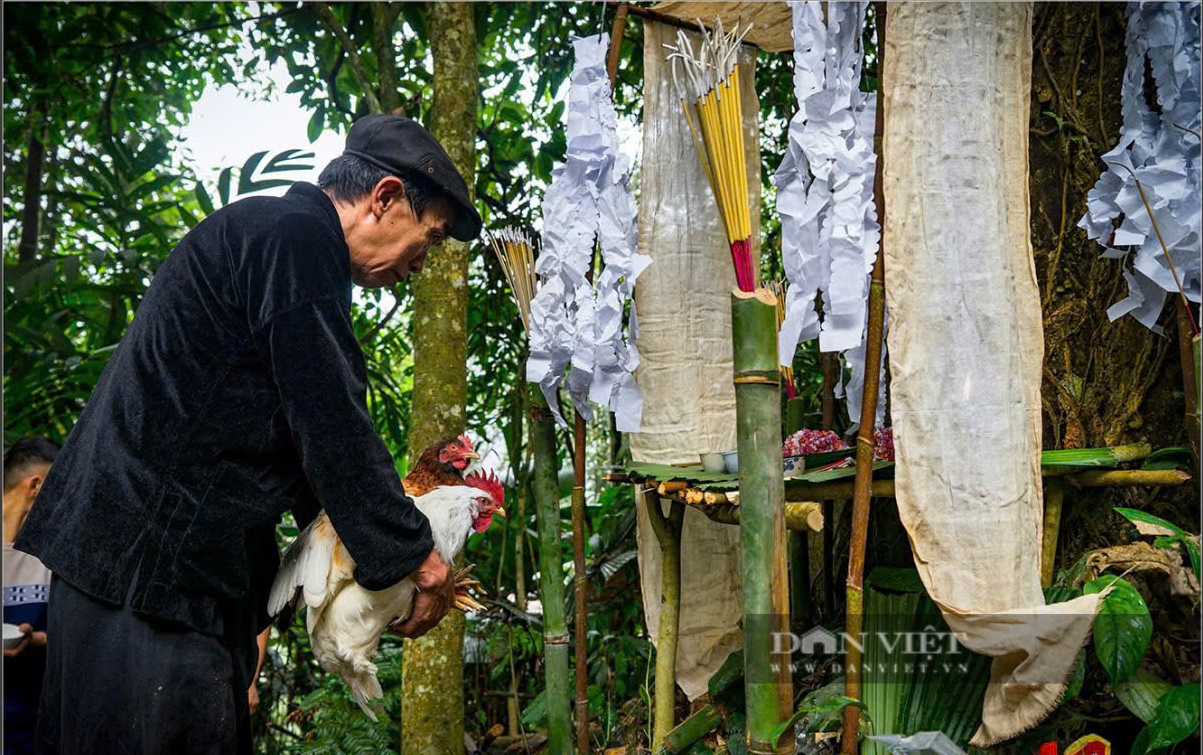

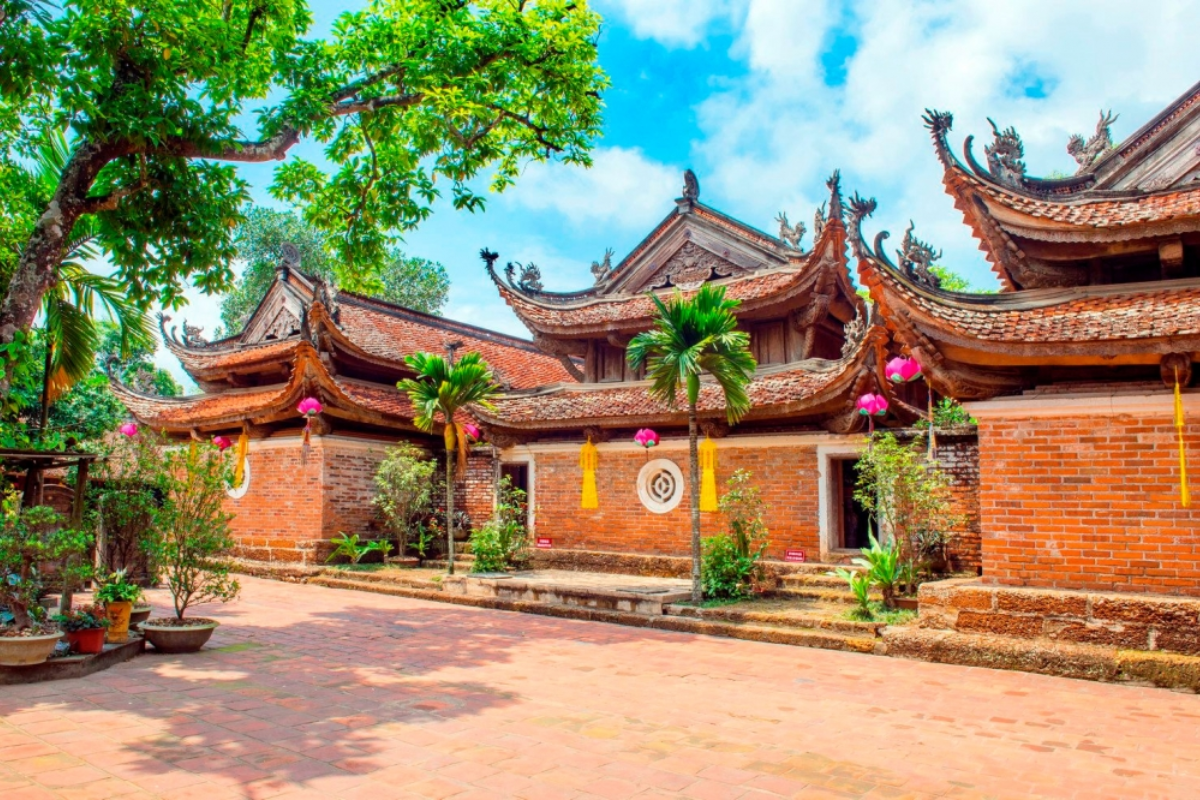







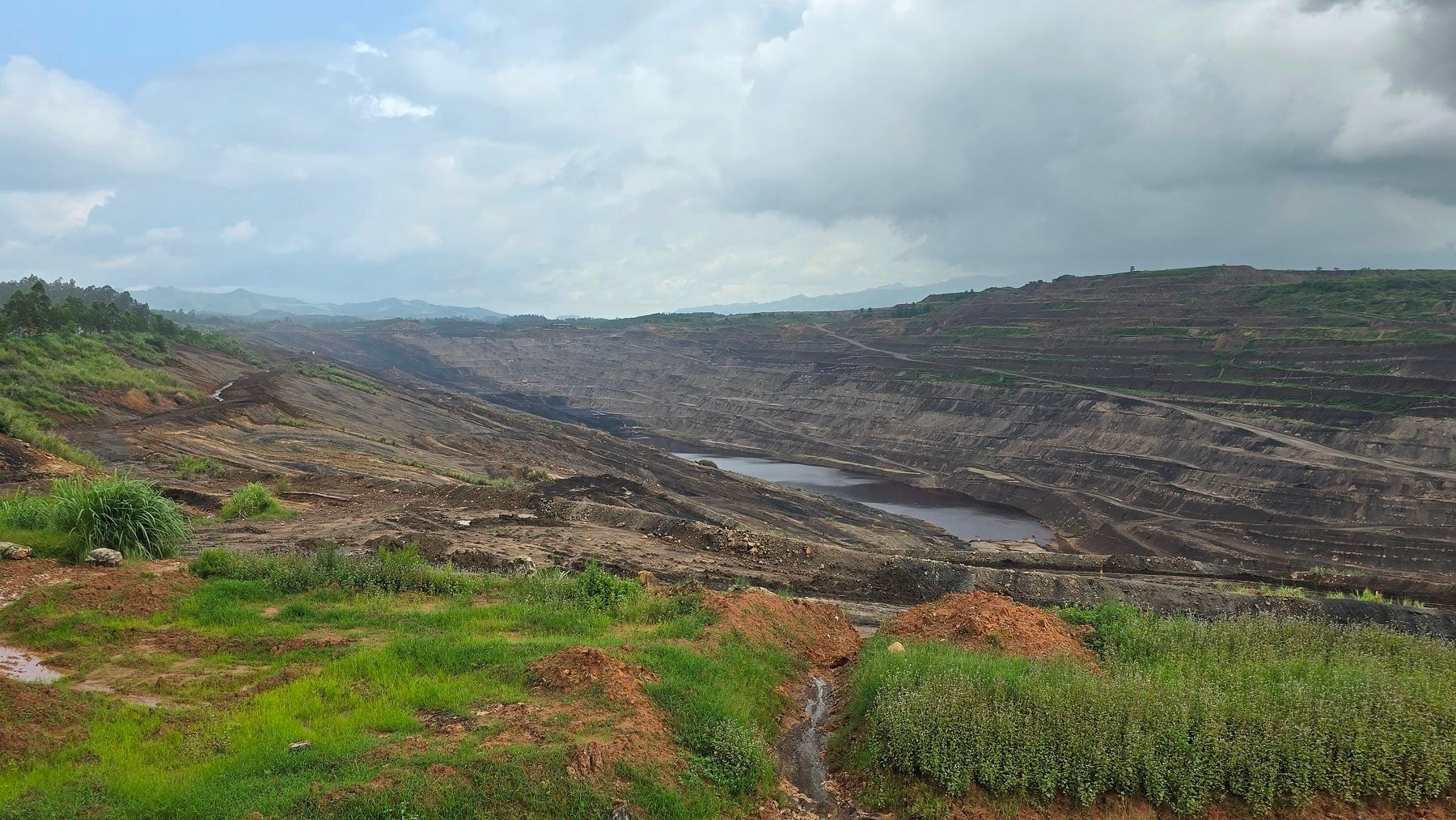


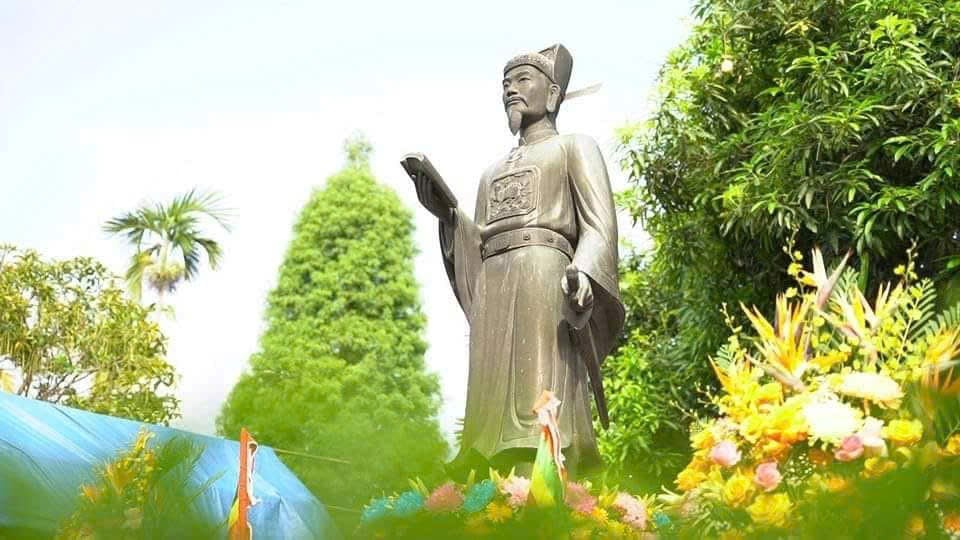
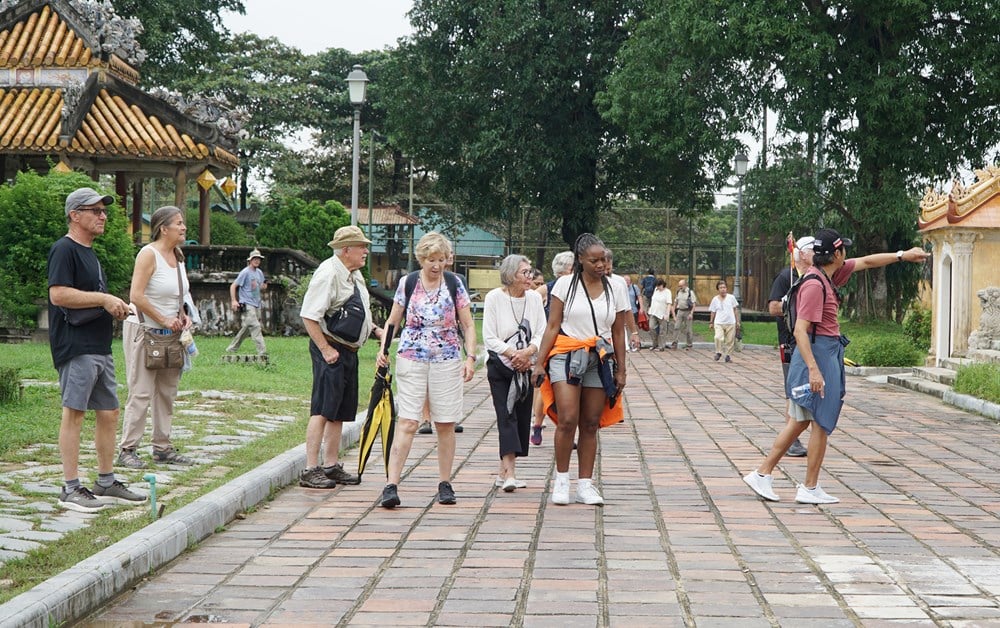
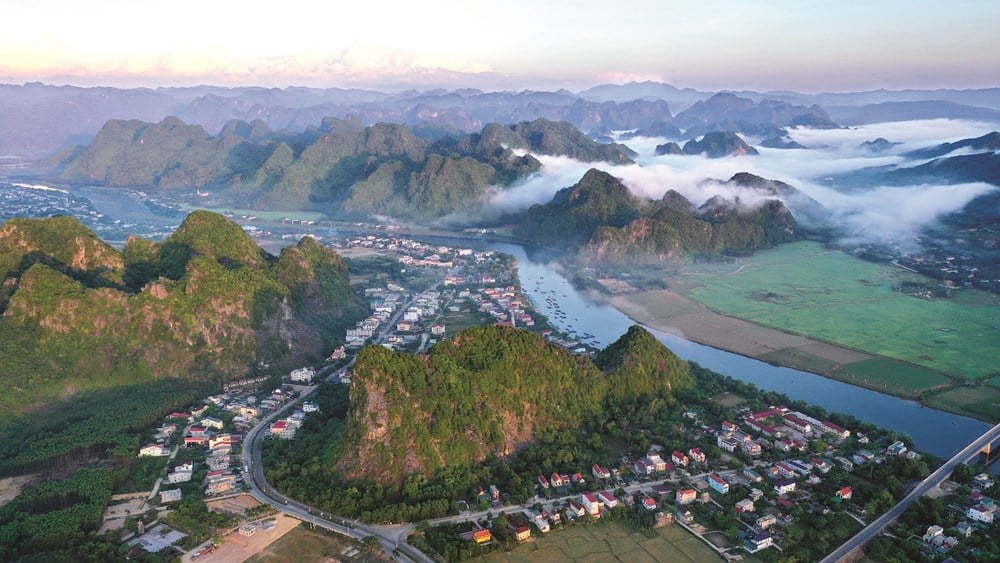

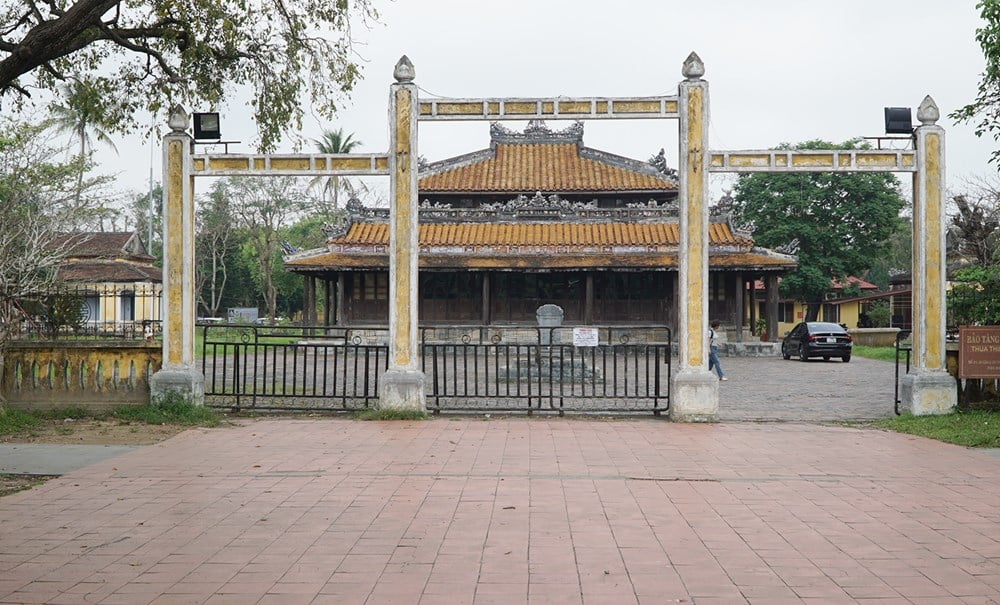





![[Photo] Prime Minister Pham Minh Chinh chairs Government Conference with localities on economic growth](https://vstatic.vietnam.vn/vietnam/resource/IMAGE/2025/2/21/f34583484f2643a2a2b72168a0d64baa)














































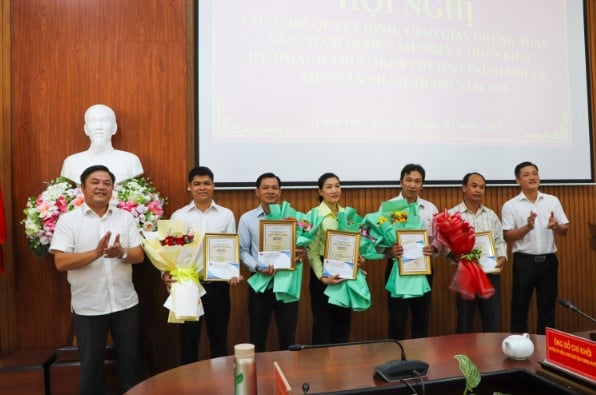
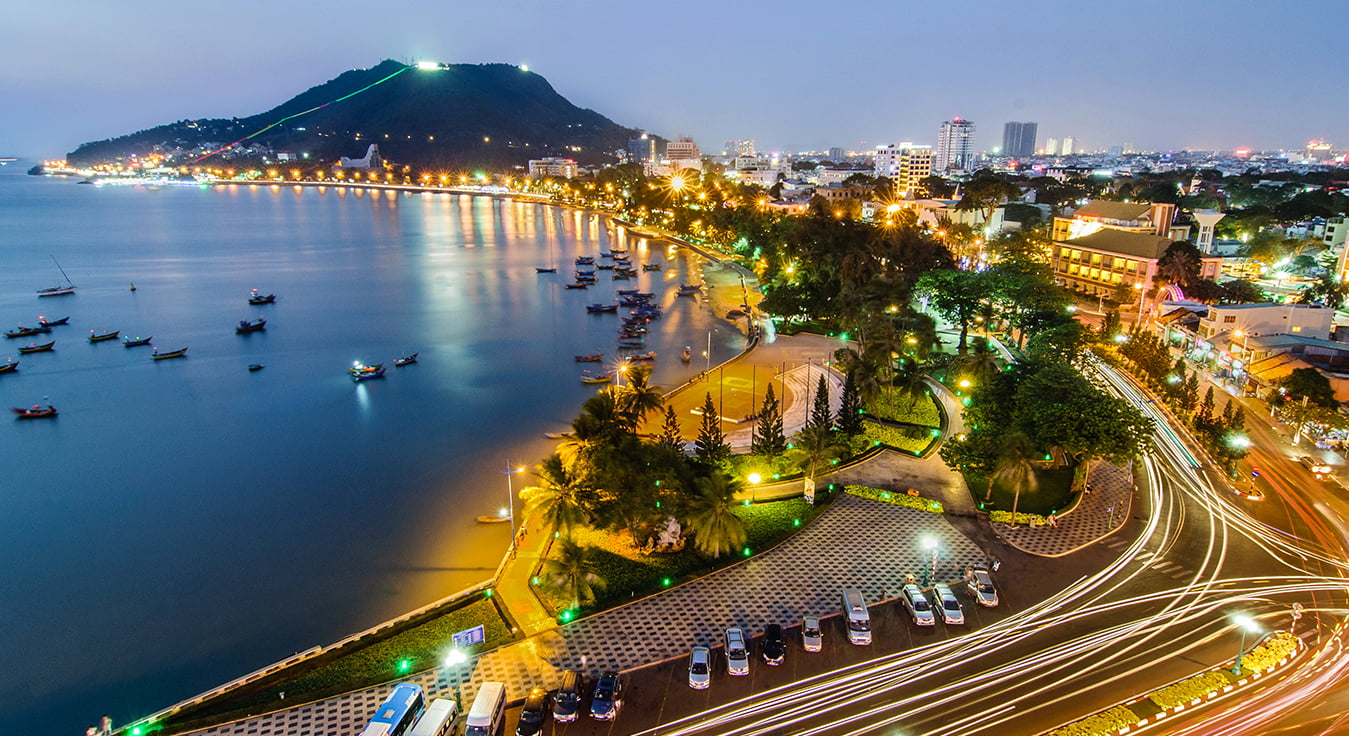
Comment (0)